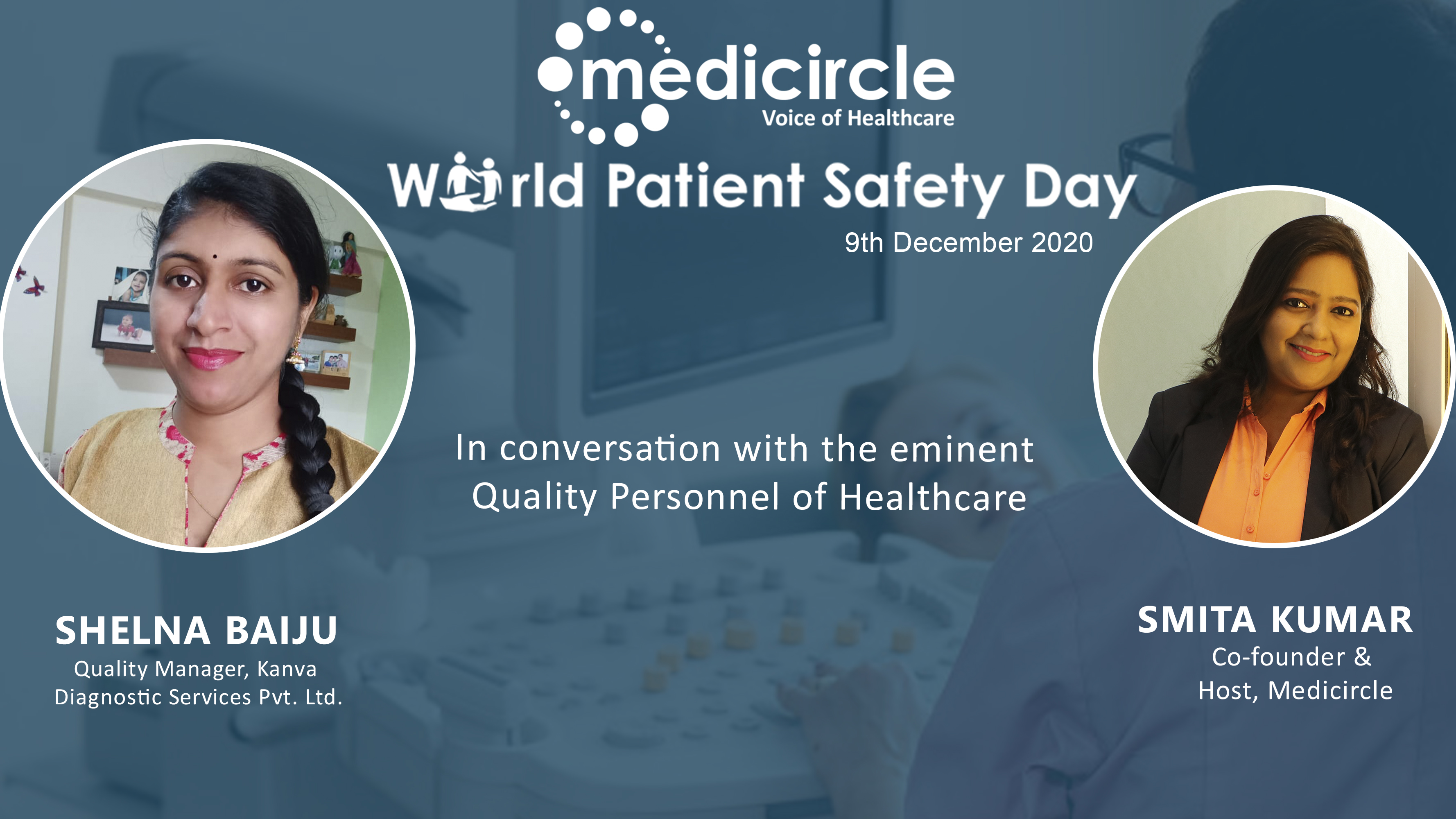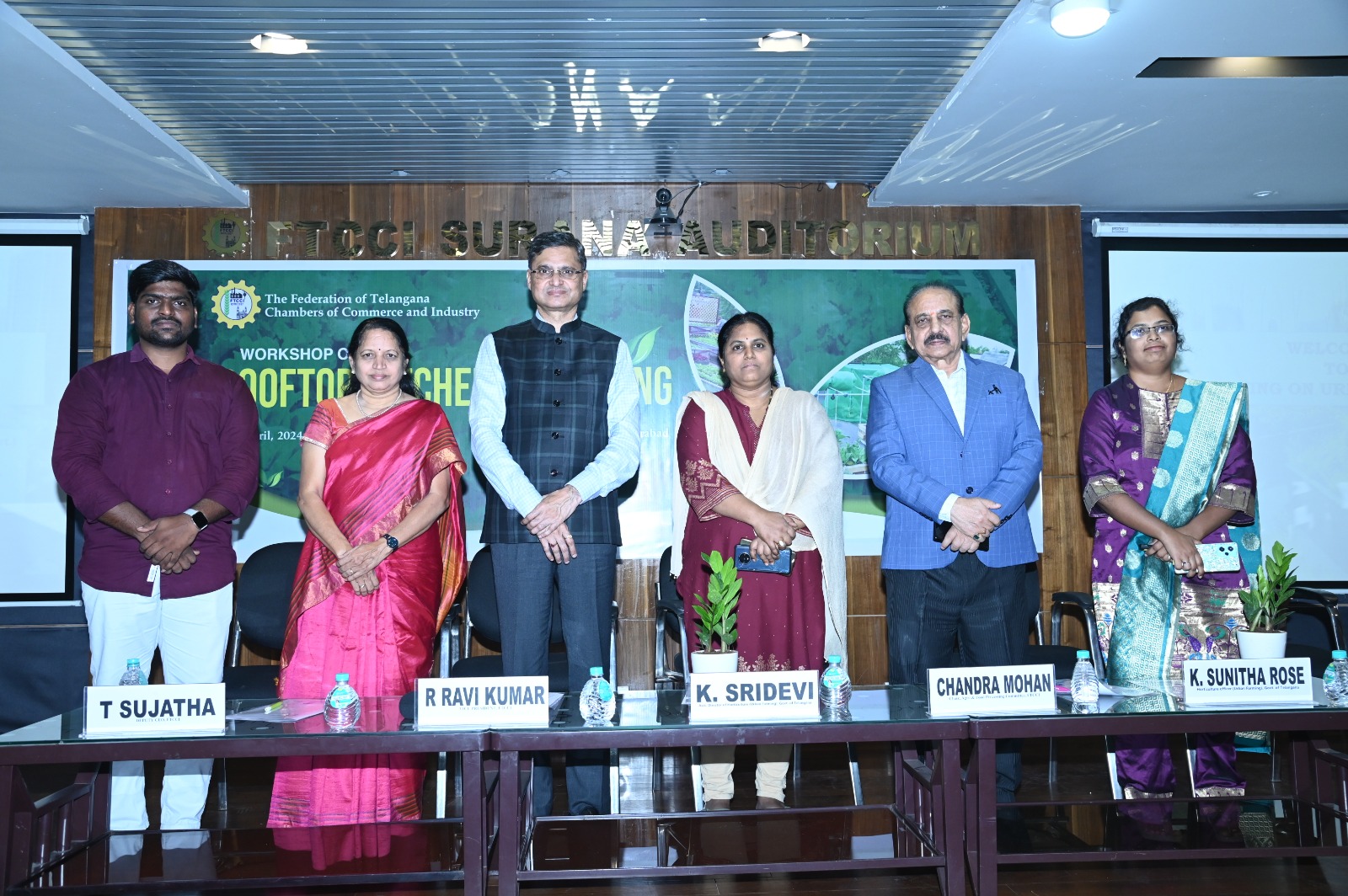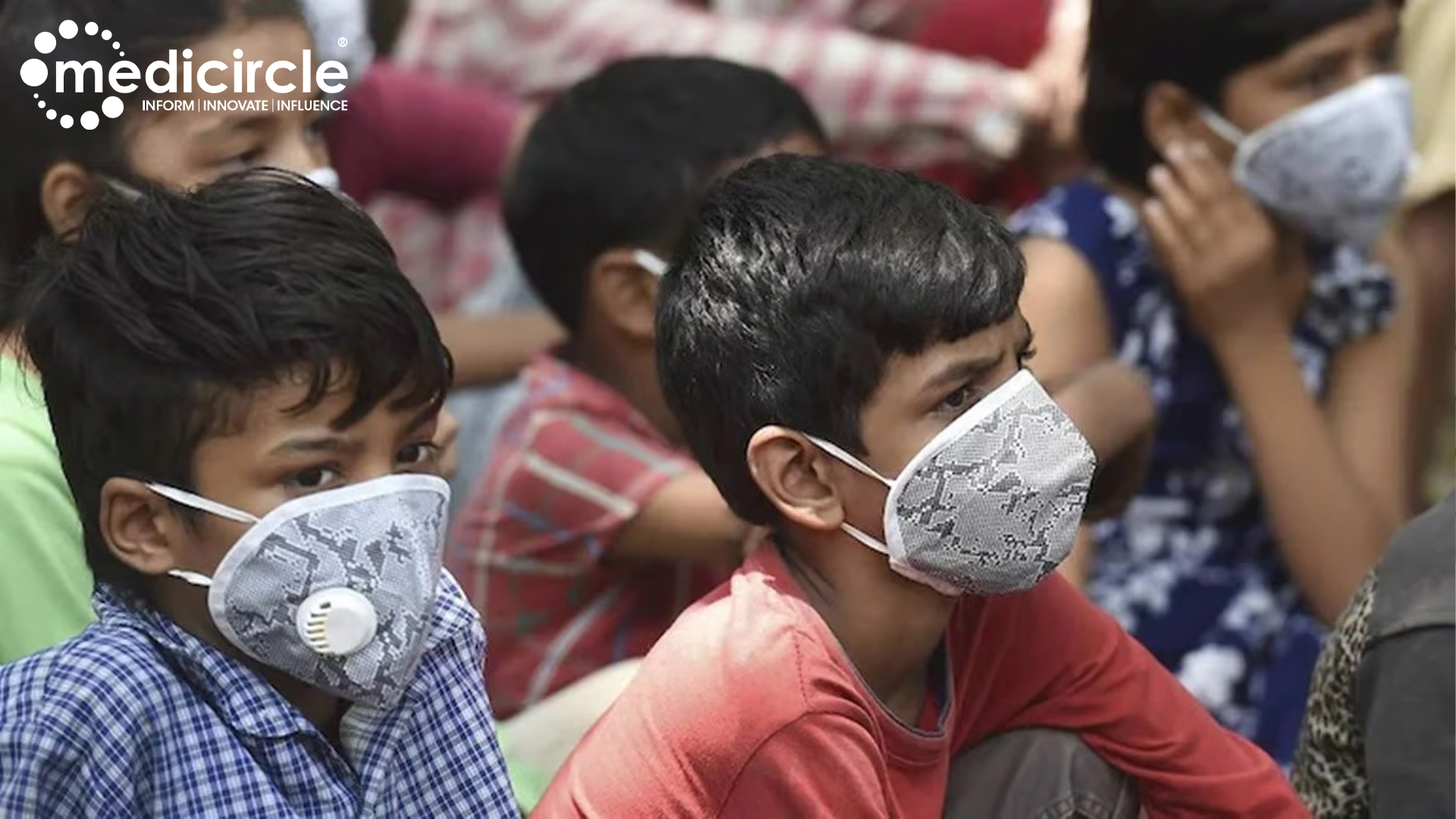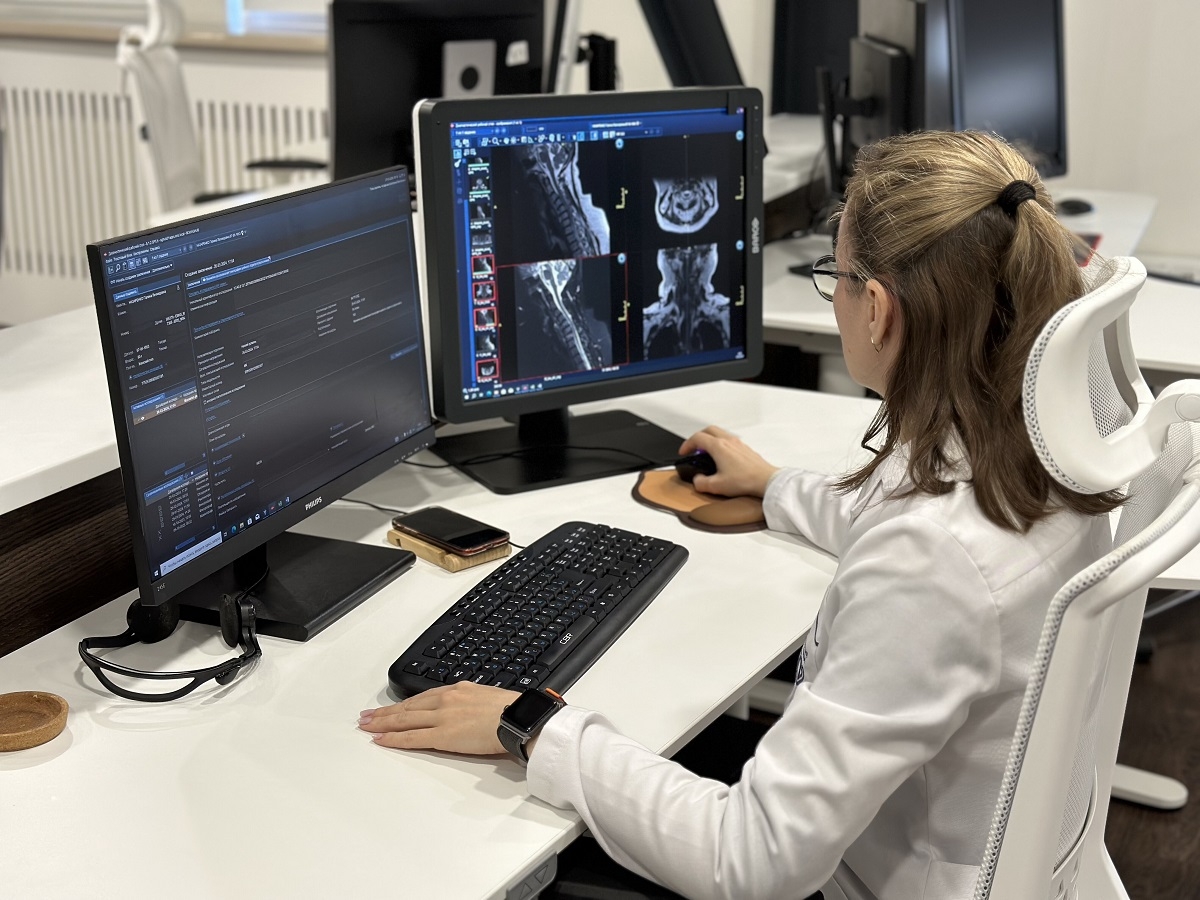Patient safety is the absence of preventable harm to a patient during the process of health care and the reduction of the risk of unnecessary harm associated with health care to an acceptable minimum.
Shelna Baiju, Quality Manager, Kanva Diagnostic Services Pvt. Ltd. Is an experienced Quality Assurance Manager with a demonstrated history of working in the hospital & health care industry.
Kanva Diagnostic Services Pvt. Ltd works with a vision to provide high-end medical technology to the common man at an affordable cost.
Concerns in patient safety
Shelna sheds light on the subject, “Patient safety is the main component and is to be the utmost priority in a healthcare system. Concerns in patient safety arise due to:
Lack of competence Medical procedural errors – Certain mistakes and errors are irreversible. There is no substitute for anyone. Inadequate infrastructure Shortage of staff leads to work stress which results in negligence inpatient care and an uncaring attitude towards patients. Interaction between doctors, healthcare workers, and patients Cold interpersonal relationship between the treating and treated – treat the patient as among your loved ones and be compassionate Money mindedness
Negligence of patience by staff due to fear of contracting communicable diseases,” she says.
Health workers safety is certainly a priority
Shelna explains, “Health workers safety is certainly a priority for the safety of patients. COVID-19 pandemic has presented the entire world with challenges unprepared for, especially the healthcare community. Let us consider the link between the safety of health workers and patient safety:
The ill-health of workers leads to suboptimal care of patients. Healthcare workers who contract communicable diseases are most likely to transmit the same to patients under their care and vice-versa. Necessary vaccines to be administered to health care workers. Provide the health care workers, necessary benefits like protection from physical and biological hazards, consider their psychological well-being, and provide Personal Protective Equipment (PPE) and insurance coverage for work-related risks. Lack of PPE and inadequate social distancing particularly in the case of COVID-19 are the two modifiable risk factors. Enforced physical distancing, availability and right use of PPEs accompanied with appropriate guidelines significantly reduces transmission rates and helps save lives. Prevent the attrition of healthcare workers - Attrition and ill health of workers lead to severe work stress due to limited staff, resulting in compromised patient care due to overwork and exhaustion and increases professional errors.
Psychological well-being and necessary benefits are given to healthcare workers boost their morale, in turn increasing their performance levels which in turn reflect their attitude towards patient care leading them to be compassionate,” she says.
The Digital age and Healthcare
Shelna briefly explains how Healthcare is highly influenced by technology trends,
“Easily integrate different sections in the work area.
Allows physicians all over the world to collaborate and discuss cases. Ease of communication. Provision of online consultation during a pandemic. Electronic health records in a legible format. Ability to store massive data and retrieve when required. Portable device usage- highly convenient. Makes following up and tracking data easy. Provides conformity in testing and practice, helps in quality assurance. Reduces errors. Eases epidemiological surveillance and reporting. Faster availably of test results. Saves energy.
Apps to track Covid positives which help in safety measures.
The drawback of technological trends
Confidential patient information susceptible to hacking
Software crashes an issue- leading to failure in accessing information,” she says.
Diagnostic errors, test result errors, and mismatch seriously impact patient’s safety
Shelna elaborates,
“Stringent regulation and laws to minimize the causalities towards patient negligence. Recruitment of healthcare workers holding the requisite degree, retraining, and assessing the performance and competence. Ensure an adequate number of working staff. Participating in CMEs and implement them in inpatient care and testing. To conduct mock drills for preparedness to tackle fire hazards and unexpected natural disasters. Clearly defined infection control protocol. Hospital-acquired infection to be in check and analyzed to prevent the spread. Biomedical waste management rules (2016-2018) to be strictly adhered to. Sanitization and hand hygiene- utmost importance. To adapt safe surgery checklists. Appropriate sterilization procedures to be followed. Post-exposure prophylaxis especially in needle stick injury. Good maintenance of labor ward and good maternal care. Pretesting protocol of blood prior to transfusions to be strictly adhered to. Preparedness for transfusion reactions. Medicine safety- right medication handed over to the patient. Diagnostic errors, test result errors, and mismatch seriously impact a patient’s safety.
Medical devices and diagnostic instruments to be calibrated and maintained as per manufacture instructions to ensure smooth functioning and prevent delay in reporting test results. Preferable to hire IT professional and Biomedical service engineer,” she says.
(Edited by Rabia Mistry Mulla)

 “Patient safety is the main component and is to be the utmost priority in a healthcare system,†says Shelna Baiju, Quality Manager, Kanva Diagnostic Services Pvt. Ltd.
“Patient safety is the main component and is to be the utmost priority in a healthcare system,†says Shelna Baiju, Quality Manager, Kanva Diagnostic Services Pvt. Ltd.


































